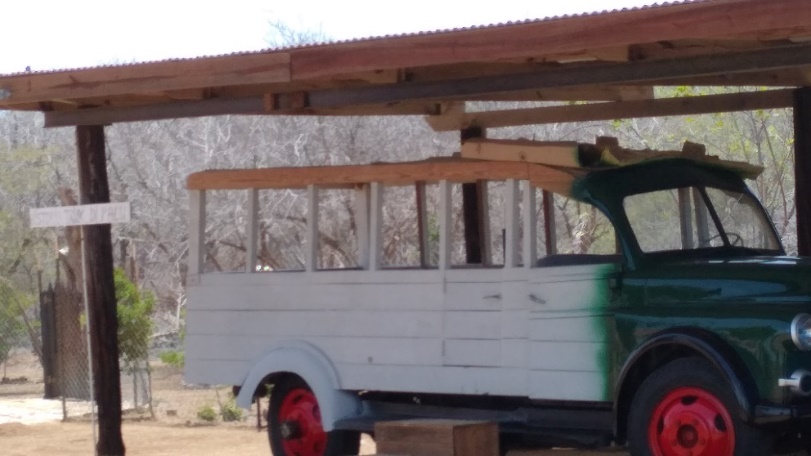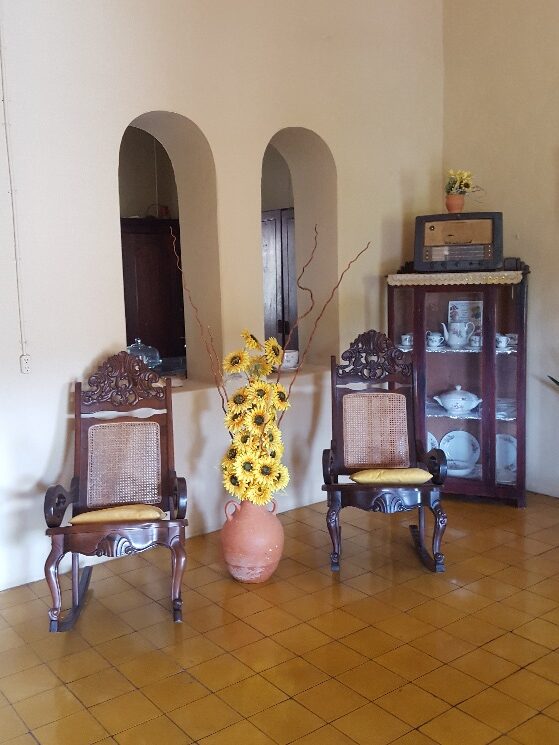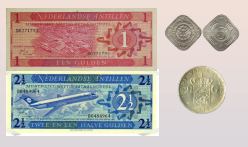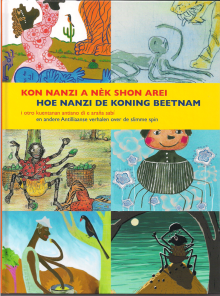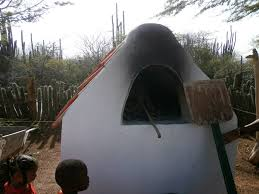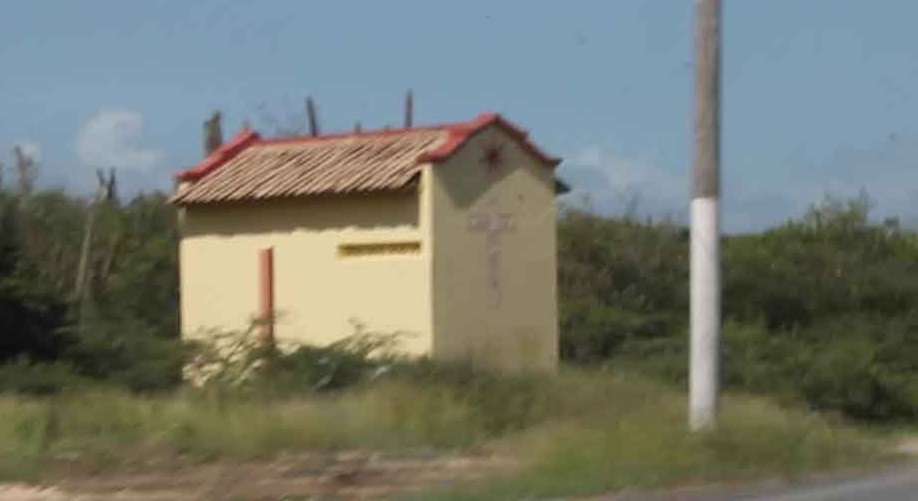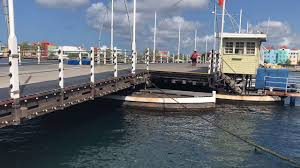Assignment
Assignment
- Do the following pictures fall under Tangible Cultural Heritage? Explain your answer.
- What kind of Tangible Cultural Heritage are these? What can you say about each one of them?
Answer
Emma Bridge, Chapel in Daniel, Brick bread oven falls under Tangible Cultural Heritage.
There is a list of monuments. Visit the site www.curacaomonuments.org and check if the three pictures are part of the list.
Let the participant say if the list is complete or if we need to add other products that can be considered as monuments.
What kind of Cultural Heritage are these?
a) Anansi stories: Intangible Cultural Heritage
b) Novel ’Dubbelspel’: Intangible Cultural Heritage
c) Cash money: Tangible Cultural Heritage
d) Furniture: Tangible Cultural Heritage
e) Wooden truck: Tangible Cultural Heritage
What can you say about each one of them?
a) The Anansi figure (originally from Ghana)[original di Ghana] is known (among people of African descent) [bou di e hende desendiente di Afrika] in our oral literature (stories) [kuenta]. These stories were passed on from generation to generation. Anansi is a clever figure (that uses trickery) [ta usa triki]. He solves any situation he’s in. In an ingenious way.
b) The novel ‘Dubbelspel’ illustrates certain aspects of life that are still valid today.
c) Money was used for buying and paying. Nowadays it’s still the case. Over time, with certain developments, the design of currency notes and coins was changed and/or the notes / coins were eliminated and replaced by new ones.
For example, the plaka (coin of two and a half cents) [moneda di dos sèn i mei], the square locha, the coin of two fifty (2,50) [2,50], the notes of two guilders and fifty cents, five guilders and two hundred and fifty guilders. The names used for money also developed. For instance, five cents is known by the following words. Locha, zepelin, skapadepchi and dòsplaka.
d) Good quality furniture was made in Curaçao in the past. Mahogany wood was used for this. Carpentry was a well-known profession in the alleyways of Otrobanda (Schrijnwerkersstraat) [Schrijnwerkers straat]. Fine carpenter, tailor and blacksmith were some of the professions.
e) Wooden trucks are trucks that were used to transport people and goods. Seats were installed in them for people to sit on. In Band’abou, several of the trucks were used for the transportation of schoolchildren. Three people in the area of Krakeel and San Willibròrdu that had wooden trucks are Norberto ‘Bè’ Ramada, Rolando ‘Ro’ Wawoe, Isberto ‘Bèto’ Merkies.

